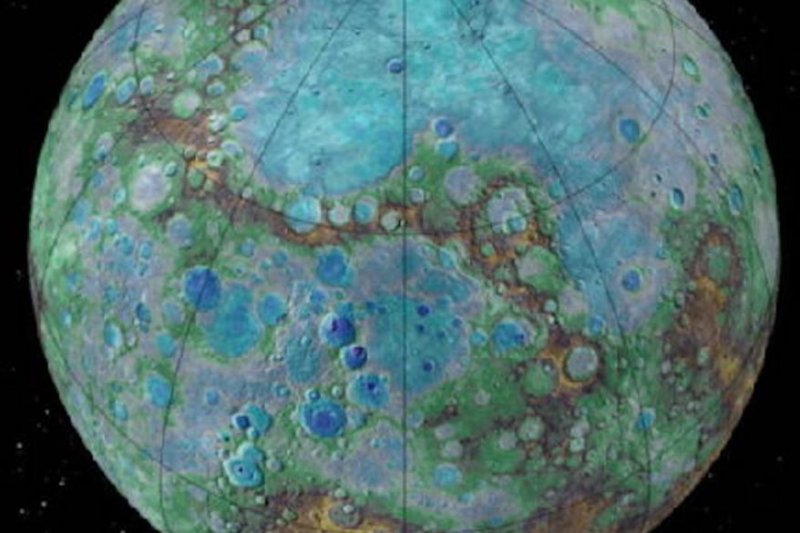The surface of the newly discovered Mercury-like exoplanet experiences daily temperatures of 2,000 degrees Celsius. Photo by Warwick University
March 28 (UPI) -- Astronomers have discovered a hot and metallic exoplanet situated 340 light-years from Earth.
Though K2-229b is just 20 percent larger than Earth, its mass is 2.5 times greater, making it about as dense as Mercury. The alien planet orbits an active K dwarf in the Virgo Constellation at a distance of more than 1 million miles.
Astronomers at Aix-Marseille University in France confirmed the presence of K2-229b using data from the K2 telescope and a type of Doppler spectroscopy technique called the "wobble method."
Periodic dimming first revealed the presence of the Mercury-like planet, but scientists were able to better characterize its mass and composition by measuring the wobble of the K dwarf's light caused by the gravitational influence of K2-229b.
"Mercury stands out from the other solar system terrestrial planets, showing a very high fraction of iron and implying it formed in a different way," David Armstrong, an astronomer at the University of Warwick, said in a news release. "We were surprised to see an exoplanet with the same high density, showing that Mercury-like planets are perhaps not as rare as we thought."
"Interestingly K2-229b is also the innermost planet in a system of at least 3 planets, though all three orbit much closer to their star than Mercury," Armstrong said. "More discoveries like this will help us shed light on the formation of these unusual planets, as well as Mercury itself."
It's possible the exoplanet's dense, metallic nature is the product of its close proximity to its host star. Daily temperatures on the exoplanet exceed 2,000 degrees Celsius. When the planet was forming, solar flares may have stripped away its atmosphere and outer layers, leaving behind only a dense core.
It's also possible that K2-229b is the product of a violent collision between two large astronomical bodies, similar to the collision astronomers believe forged Earth's moon.
Studying the evolution of distant solar systems and the nature of the planets that reside in them -- including Mercury-like exoplanets like K2-229b -- can offer clues to the history of our own solar system, researchers say.
Researchers described the discovery of K2-229b this week in the journal Nature.















